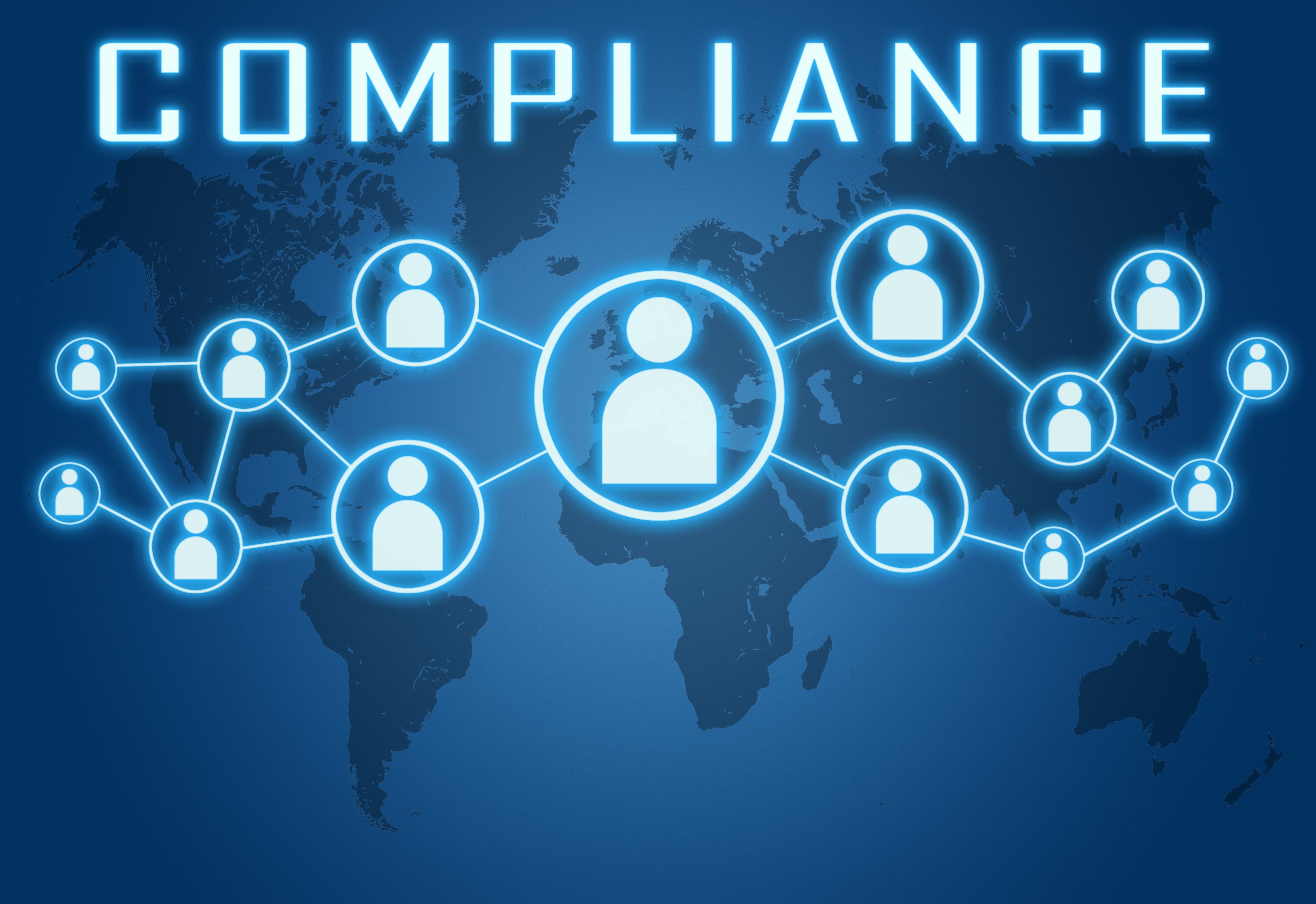This article appeared previously Association of Corporate Counsel’s ACC Docket and is published here with permission from the journal.
In the fall of 1995, I heard a knock on my door, and a colleague spoke the magic words that always get a corporate counsel’s attention: “I need to talk to you. We’ve got a problem.”
At the time, I was Safety, Health and Environmental counsel for a multinational specialty chemical company. The colleague who had interrupted an otherwise routine morning (let’s call her Jane) was a process safety management expert. Jane had been with the company about six months. She was hired to help our U.S. manufacturing facilities complete the work needed to comply with the Occupational Health and Safety Agency’s (OSHA) Process Safety Management (PSM) standards.
OSHA’s PSM standards, promulgated in 1992, were designed to prevent unwanted releases of hazardous chemicals, especially into locations that could expose employees and others to serious hazards. These standards require companies to systematically evaluate and control specified hazardous operations via the use of process hazard analysis, change management plans, emergency preparedness plans and other similar program elements.
After closing my office door and seating herself in front of my desk, Jane told me that she had just completed visits to all our U.S. facilities and that she was very disturbed by what she saw. She summarized her findings by saying: “I am a TV repairman in the stone ages!” When I asked her what she meant, she explained that she was unable to help our manufacturing operations to comply with the PSM requirements because virtually none of the work required by the standards had been completed.
After Jane left my office, I sat down with my general counsel and relayed what I heard. He and I agreed that we should organize a meeting with the Safety, Health and Environmental leadership and our Senior Vice President of Operations to discuss where we were and what additional steps might be taken to bring our plants into compliance with the law.
The next day, we assembled in a conference room where I kicked things off by relaying to the SVP the legal requirements, summarized Jane’s observations and recommended we devote some additional resources to get us on a rapid path to compliance. Next, our VP of Safety, Health and Environmental Affairs (SH&EA) explained to his boss that it was true that we were not where we wanted to be, but that the glass was half full and that we had all the resources necessary to achieve full compliance within a reasonable time frame. This was a lie. But it was a convenient lie. It protected the SH&EA VP from having to answer embarrassing questions about why he had not sounded the alarm bell and sought funds to perform the work years earlier.
Ultimately, we left the meeting without any commitment to devote the resources necessary to comply with the PSM regulations. This was a tragic outcome for both our employees and the communities in which we operated. Not only did we not have a good handle on our most hazardous operations, we also had no plan to get there. In reflecting on this very painful episode in my career, it is clear to me that this outcome was the result of a failure of leadership.
Clearly, our SVP of Operations failed. He was nearing the end of his career and had not invested any time in understanding PSM regulations, nor did he exhibit much curiosity during the meeting in knowing what the status of our facilities was relative to these new legal requirements. It is a classic example of how leaders cannot do “good” if they do not know (or don’t particularly care to know) what “good” looks like.
But our SVP of Operations was not the only leader in the room that day who failed. Another was our VP of SH&EA. He knew what needed to be done to improve our plant safety, but chose not to request the necessary resources to protect himself. My GC also failed. He had the clout to persuade his fellow senior executive to take action, but chose not to for reasons he never disclosed to me. Jane and her boss, who were present at the meeting, also failed to lead effectively that day. I found out later that they were under a gag order by their boss who commanded them not to say anything. Nevertheless, they owed it to our workers and others who could be harmed by our hazardous operations to help the company leadership know what was really going on. But the leadership failure that haunts me the most is my own.
At that time, and for years afterward, I blamed others for our failure to do what was right and viewed myself as a quixotic figure who at least “fought the good fight.” But, upon reflection, I can see more clearly that even though I knew the “good,” wanted the “good” and chose to pursue the “good,” I fell short as a leader because I failed to secure the “good.”
Looking back now, I can see how foolish I was to charge headlong into “battle” without realizing the likely resistance I would encounter. Hindsight is 20/20, but it should have been apparent to me that hauling the VP of SH&EA in front of his boss with the object of strong arming him to admit fault and alter course was doomed to failure. At the time, I lacked both the savvy and the courage to do the hard, behind-the-scenes work to collaborate with the VP of SH&EA on a joint plan to head us in the right direction. I also failed to do the legwork necessary to gather specific details regarding the shortcomings at each and every plant. Had I taken the time to do so, I would have had the ammunition needed to provide a much better briefing to our SVP of Operations and to my GC.
The circumstances I encountered in 1995 are not uncommon for corporate counsel. For our lot, these are daily occurrences. So my hope is that sharing my leadership failure will provide you some insight into how you might avoid making the same kind of mistake. If you want to be a strong ethical leader, knowing, wanting and choosing to pursue the right thing are not good enough. You need to also invest the energy necessary to implement a realistic plan to get it done.











